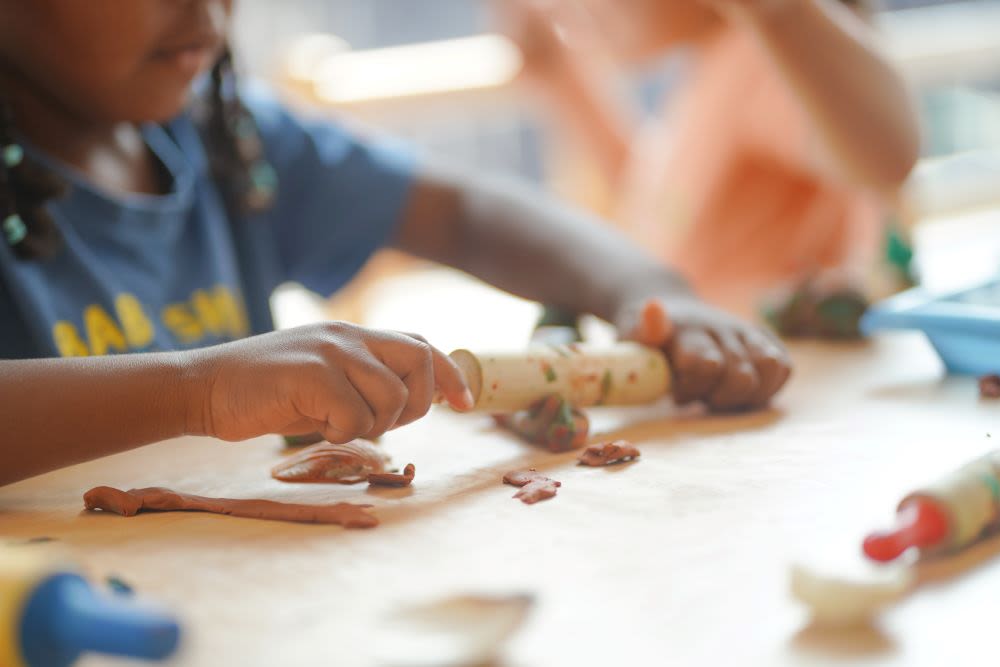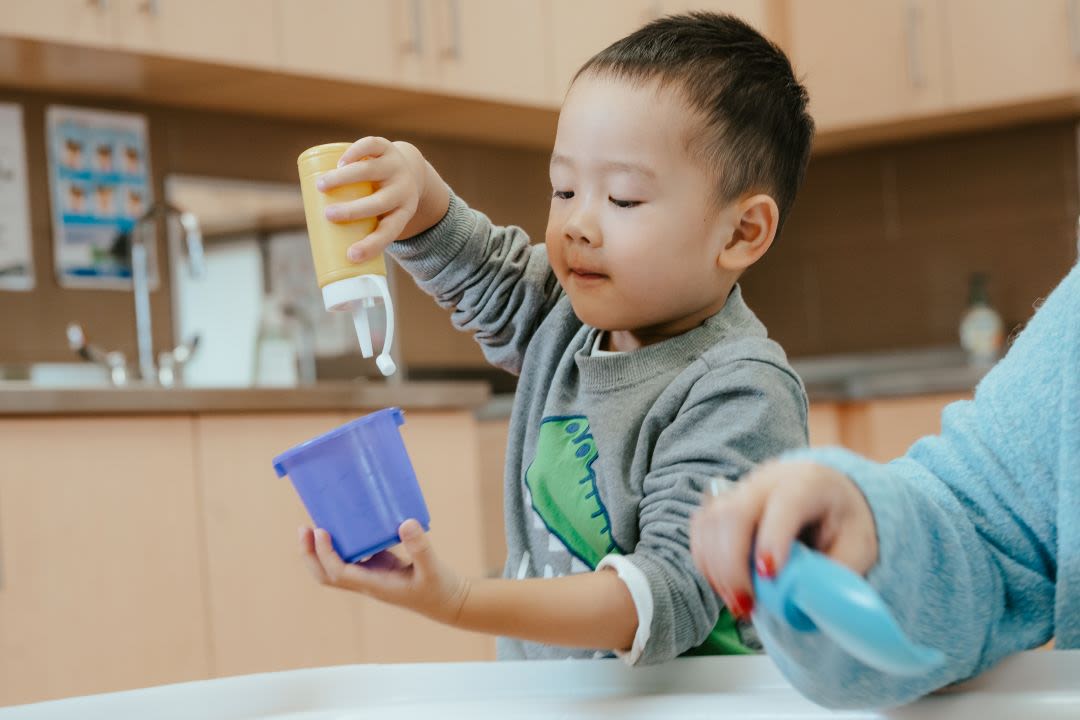How each Weemarkable post connects to your child’s learning in the classroom

You downloaded the Weemarkable app! Now, you can peek into your child’s day and stay connected with their educators while in YMCA early learning care.
It’s easy to see it as just a daily picture post about snack time or sandbox fun, but there’s more to each post than meets the eye.
Let’s explore what these posts mean, how to understand the thought and care that goes into your child's daily activities, and a few other features that make Weemarkable a go-to for parents (and your extended family, too)!
1. Every Weemarkable post ties to real learning (yes, even playing with playdough)
You might remember getting a link to the YMCA Playing to Learn handbook when you joined. It’s packed with insights about how we create play experiences that help children learn while exploring their interests.
Each Daily Play Experience post you see is connected to a specific part of this curriculum. Those little numbers you see at the top of posts? They’re references to learning goals we’re working on in the classroom!

So, when you see a photo of your child squishing playdough, it’s not just playtime; it’s a building block in developing their fine motor skills, creativity, and independence.

“It’s a great way to stay connected and know what’s going on with our little guy. I use it as a daily reminder of his learning and development. Getting the push notification each day about my son is amazing, and I look forward to it!”
— A YMCA Child Care family
2. The pie chart: a snapshot of development
Who doesn’t love a good pie chart? (Maybe not everyone, but this one is worth a look!) In the app, you’ll see a colourful pie chart that tracks your child’s developmental areas, like communication, problem-solving, and social skills.

Disclaimer: This mockup of the pie chart in the Weemarkable app is intended solely as an illustration and does not accurately reflect the actual features or content of the app. The colors and design elements shown in the mockup may differ from those visible in the app.
As educators, our role is to make sure each play-based activity in the classroom is centred around your child’s interests and supports different areas of development to help them grow and learn.
"One feature I really appreciate is how the posts connect to the Playing to Learn curriculum. It helps me understand how each post relates to our learning objectives, making it easier to support my child’s progress."
— A YMCA Child Care family
Each slice of the pie chart in the app represents an area we observe in your child’s daily classroom activities, which all relate to the Playing to Learn curriculum.
3. Messaging educators directly
Weemarkable is designed to be a true partner in your YMCA Child Care experience, taking the connection with your educator beyond the classroom.
One feature you might use is the messaging tool, which lets you communicate directly with your child’s educators.

Although the YMCA prefers face-to-face, in-person communication, we know how busy parents' schedules can be. The messaging feature is great for quick updates, like “Running late!” or “Please skip the applesauce!” It’s also a convenient way to stay informed about classroom changes.
4. Sharing posts with family
Here’s a little-known bonus: You can share Weemarkable posts with family members by adding them as followers on your child’s app profile.

Whether it’s grandparents or aunts and uncles, you can keep them in the loop on all the sweet moments and milestones your child reaches. It’s a great way to share the journey with family and let them see how your child is thriving.
Overall, Weemarkable isn’t just another app; it’s a window into your child’s learning and growth, rooted in a curriculum designed for fun, play, and development.
Each post is carefully crafted by your child’s educators to connect what they’re doing in the classroom to their broader learning goals.
We hope this gives you a little more insight into the app’s helpful features so you can enjoy those daily picture posts even more (and impress the grandparents with those pie charts!).

















